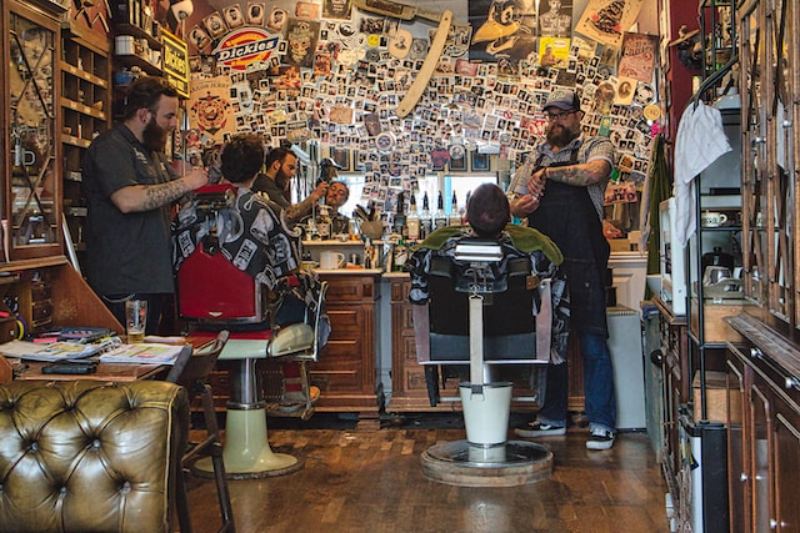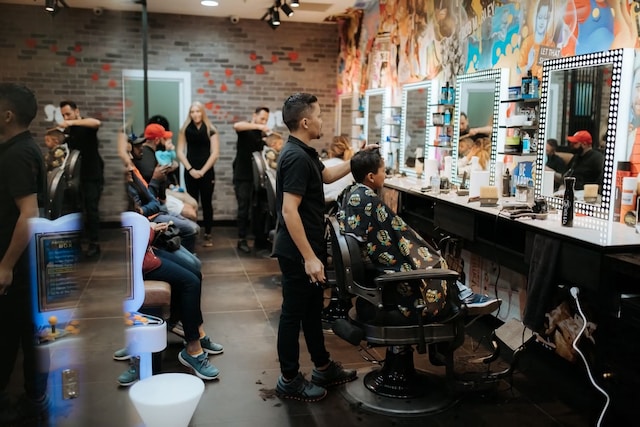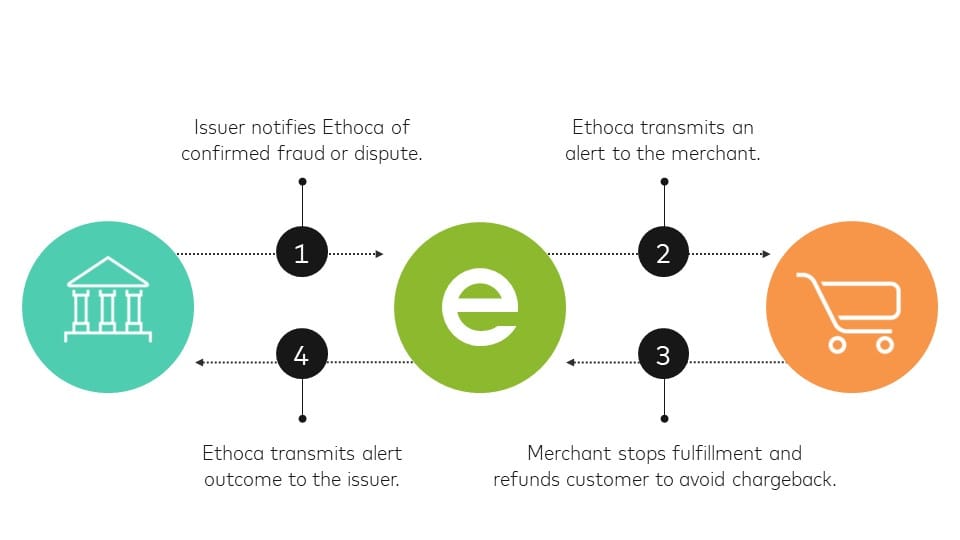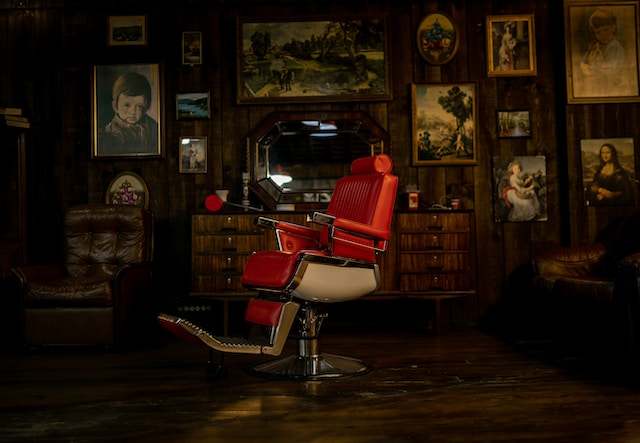
SuperPay helps barbers like yourself get paid as quickly as possible. Choose our platform to power your payments & billing.
Barbering is an art form that has been practiced for centuries, evolving and adapting with the changing times. Traditional barbering techniques have stood the test of time, providing men with classic and timeless hairstyles. However, the world of barbering is constantly evolving, with new techniques and innovations emerging to enhance the craft.
In this blog post, we will delve into the exciting world of new barbering techniques and explore their impact on the industry. From understanding the basics of traditional barbering techniques to discovering the latest innovations, we will explore the reasons behind the growing popularity of these new techniques and the role technology plays in their development.
We will also provide real-life examples of these new techniques in practice, showcasing the creativity and skill of barbers who have embraced them. Additionally, we will discuss how barbers can implement these techniques into their own practices, including the importance of education and training, investing in the necessary tools and equipment, and adapting to the changes and challenges that come with mastering new techniques.
Furthermore, we will examine the impact of these new techniques on the barbering industry as a whole. From the effects on client satisfaction and retention to the potential for industry growth, we will explore how these innovations are reshaping the landscape of barbering. We will also discuss the changing trends and expectations that barbers must navigate to stay ahead in this dynamic industry.
To bring these concepts to life, we will share inspiring case studies of barbers who have successfully adopted these new techniques. These success stories will showcase the transformative power of embracing innovation and pushing boundaries, providing valuable insights and inspiration for barbers looking to take their craft to new heights.
Whether you are a seasoned barber looking to stay ahead of the curve or a newcomer to the industry eager to learn and grow, this blog post will provide you with a wealth of information and inspiration. Join us as we explore the world of new barbering techniques and gain valuable insights into this ever-evolving craft.
The Basics: Understanding Traditional Barbering Techniques
Barbering has a rich history rooted in traditional techniques that have been passed down through generations. Understanding these foundational techniques is essential for any barber looking to excel in their craft. In this section, we will explore the basics of traditional barbering techniques, providing a solid foundation for the discussion of new innovations.
1.1 History of Traditional Barbering Techniques:
- The origins of barbering and its evolution over time.
- Traditional techniques that have stood the test of time.
- The cultural significance of barbering in different regions.
1.2 Tools of the Trade:
- Essential tools used in traditional barbering.
- Understanding the purpose and proper use of each tool.
- Iconic barbering tools and their historical significance.
1.3 Haircutting Techniques:
- Mastering fundamental haircutting techniques, including scissor over comb, clipper over comb, and freehand cutting.
- The importance of precision and attention to detail in traditional techniques.
- Tips and tricks for achieving classic and timeless hairstyles.
1.4 Shaving and Facial Hair Techniques:
- Traditional shaving techniques, including straight razor shaving and the art of the hot towel shave.
- Maintaining and grooming facial hair with traditional techniques.
- Addressing common challenges and achieving clean, precise results.
1.5 Styling Techniques:
- The art of styling hair using traditional techniques.
- Understanding different hair types and textures.
- Tips for creating classic and modern hairstyles with traditional styling methods.
1.6 Client Interaction and Communication:
- Building rapport with clients and understanding their preferences.
- Effective communication to ensure client satisfaction.
- Providing personalized recommendations based on traditional techniques.
By familiarizing yourself with the fundamentals of traditional barbering techniques, you will gain a solid understanding of the craft and lay the groundwork for exploring the exciting world of new innovations in the next sections. Whether you are a seasoned barber or just starting your journey in the industry, these core principles will serve as a solid foundation for your growth and success.
What's New: An Overview of Innovative Barbering Techniques
Barbering is an ever-evolving industry, constantly pushing the boundaries of creativity and innovation. In this section, we will provide an overview of the latest and most exciting innovative barbering techniques that are revolutionizing the craft. From new cutting and styling methods to advancements in shaving and facial hair grooming, we will explore the forefront of barbering innovation.
0.1 The Rise of Innovative Barbering Techniques:
- Understanding the shift towards embracing new techniques in the industry.
- Factors driving the demand for innovative approaches.
- The impact of social media and trends on the adoption of new techniques.
0.2 Cutting-Edge Cutting Techniques:
- Exploring new cutting techniques that go beyond traditional methods.
- Precision cutting techniques that create unique and creative hairstyles.
- Incorporating texturizing and layering techniques for added dimension and style.
0.3 Advanced Styling Techniques:
- Innovations in styling products and tools for achieving desired looks.
- Creative styling techniques that transform hair into works of art.
- Incorporating unconventional elements like braiding, knotting, and sculpting.
0.4 Revolutionary Shaving and Facial Hair Grooming:
- Modern approaches to shaving, including advanced razor technologies.
- Creative and intricate designs in facial hair grooming.
- Exploring the art of facial hair sculpting and detailing.
0.5 Color and Hair Artistry:
- The fusion of barbering and hair coloring techniques.
- Innovative coloring methods for unique and vibrant looks.
- Hair artistry techniques, such as hair tattooing and creative patterns.
0.6 Hybrid Techniques and Cross-Cultural Influences:
- Exploring the blending of traditional and modern techniques.
- Cultural influences on barbering techniques from around the world.
- Incorporating elements from other disciplines, such as hairstyling and tattooing.
By exploring these innovative barbering techniques, you will gain insight into the cutting-edge trends and practices that are shaping the industry. As a barber, embracing these new techniques can set you apart from the competition and allow you to offer unique and personalized experiences to your clients. In the following sections, we will delve deeper into the reasons behind the growing popularity of these innovative techniques and the role of technology in their development.

How to Implement New Techniques in Your Practice
Once you have familiarized yourself with the exciting world of new barbering techniques, the next step is to learn how to implement these techniques effectively in your own practice. In this section, we will discuss the essential steps and considerations for incorporating new techniques into your repertoire.
Education and Training for New Techniques:
- The importance of continuous learning and professional development.
- Seeking out training programs, workshops, and certifications specific to the new techniques you wish to learn.
- Learning from experienced barbers and industry experts through mentorship programs or apprenticeships.
Investment in Necessary Tools and Equipment:
- Identifying the tools and equipment required to execute the new techniques proficiently.
- Researching and selecting high-quality products and tools that align with the specific techniques you plan to implement.
- Understanding the maintenance and care required for specialized tools to ensure longevity and optimal performance.
Adapting to Changes and Challenges:
- Recognizing that mastering new techniques may require adjusting your current workflow and mindset.
- Embracing a growth mindset and being open to experimenting with different approaches.
- Overcoming challenges and setbacks through perseverance and a willingness to learn from mistakes.
Building Confidence and Skill:
- Practicing the new techniques consistently to build muscle memory and confidence.
- Seeking feedback from clients, peers, and mentors to continuously improve and refine your skills.
- Setting achievable goals and tracking your progress to measure growth and celebrate milestones.
Incorporating Personal Style and Flair:
- Adding your personal touch and creativity to the new techniques to develop a unique style.
- Experimenting with variations and adaptations of the techniques to create signature looks.
- Balancing innovation with client preferences to ensure client satisfaction while showcasing your expertise.
By following these steps, you can effectively integrate new barbering techniques into your practice and elevate your skillset. Remember, implementation requires dedication, perseverance, and a commitment to ongoing learning. As you continue to refine your craft and expand your repertoire, you will not only enhance your own career but also provide exceptional experiences for your clients.
The Impact of New Techniques on the Barbering Industry
The introduction of new barbering techniques has had a significant impact on the industry, shaping the way barbers operate, and transforming the expectations of clients. In this section, we will delve into the various aspects of this impact and explore the implications for both barbers and the industry as a whole.
Effects on Client Satisfaction and Retention:
- How new techniques enhance the overall client experience.
- The role of personalized and unique services in client satisfaction.
- Building long-term relationships and fostering client loyalty through innovative techniques.
Potential for Industry Growth:
- The influence of new techniques in attracting new clients and expanding the customer base.
- Opportunities for specialization and niche markets created by innovative techniques.
- The potential for increased revenue and business growth through the adoption of new techniques.
Changing Trends and Expectations:
- The impact of social media and digital platforms in shaping trends and client expectations.
- The demand for trendy and cutting-edge techniques influenced by popular culture.
- The need for barbers to stay current and adaptable to meet evolving trends and client preferences.
Professional Recognition and Industry Reputation:
- The recognition and respect garnered by barbers who are proficient in new techniques.
- The influence of industry awards and competitions in showcasing the skill and creativity of barbers.
- The overall elevation of the barbering industry's reputation through the adoption of innovative techniques.
Collaboration and Community:
- The fostering of collaboration and knowledge-sharing among barbers through the exploration of new techniques.
- Community-building within the industry to support and inspire one another in the pursuit of excellence.
- The collective impact of barbers embracing new techniques in raising the standard of the industry as a whole.
By understanding the impact of new techniques on the barbering industry, barbers can navigate the changing landscape with confidence and adaptability. Embracing these innovations not only enhances the client experience but also contributes to the growth and reputation of the industry. In the following section, we will delve into real-life case studies of barbers who have successfully adopted and implemented new techniques, providing inspiration and insights for aspiring barbers.
Case Studies: Success Stories from Barbers Who Have Adopted New Techniques
In this final section, we will explore real-life case studies of barbers who have embraced and successfully implemented new techniques in their practices. These success stories serve as inspiration and provide valuable insights into the transformative power of innovation in the barbering industry.
Case Study 1: The Modern Barber Studio
- Overview of the barber studio's journey in adopting new techniques.
- How the integration of innovative cutting and styling techniques attracted a diverse clientele.
- The positive impact on client satisfaction and retention, leading to business growth and recognition.
Case Study 2: The Urban Barbershop Collective
- Examining how a group of barbers collaborated to introduce new techniques to their collective.
- The development of a unique and contemporary style that set them apart in the industry.
- The collective's success in building a strong community and fostering professional growth among its members.
Case Study 3: The Trendsetting Salon
- Exploring a salon's transformation through the adoption of cutting-edge coloring and hair artistry techniques.
- The salon's ability to attract a younger demographic and stay ahead of evolving trends.
- The impact of social media presence and online showcasing of their innovative work.
Case Study 4: The Traditional Barbershop Reinvented
- Examining how a traditional barbershop incorporated new techniques while maintaining its classic charm.
- The successful integration of advanced shaving and facial hair grooming techniques.
- The barbershop's ability to cater to a diverse clientele, bridging the gap between traditional and modern styles.
Case Study 5: The Barber Educator's Journey
- Highlighting the career of a barber who transitioned to become an educator in new techniques.
- How sharing knowledge and training others elevated the industry as a whole.
- The educator's impact on inspiring a new generation of barbers and promoting continuous learning.
These case studies showcase the immense potential and transformative effects that come with embracing new techniques in the barbering industry. By learning from these success stories, barbers can gain valuable insights, strategies, and inspiration to implement and adapt new techniques in their own practices.
In conclusion, the world of barbering is constantly evolving, and the adoption of new techniques is essential for staying relevant and meeting the expectations of clients. By understanding the basics of traditional techniques, exploring innovative approaches, learning how to implement new techniques, and recognizing their impact on the industry, barbers can thrive in this ever-changing landscape. Embracing innovation not only elevates individual careers but also contributes to the growth and advancement of the barbering industry as a whole.
Final Assessment
This blog serves as a valuable resource for barbers seeking to enhance their skills and keep up with the latest trends in the industry. It offers practical insights and guidance on how to effectively introduce and implement new techniques in their barbershops. Whether you're a seasoned barber or a beginner looking to expand your skill set, this article provides essential tips to ensure success in adopting innovative and cutting-edge barbering techniques.


